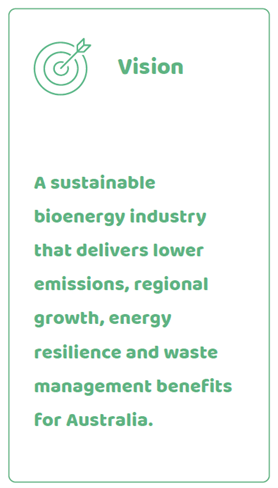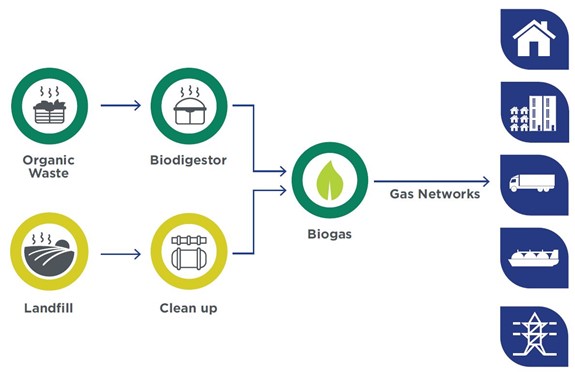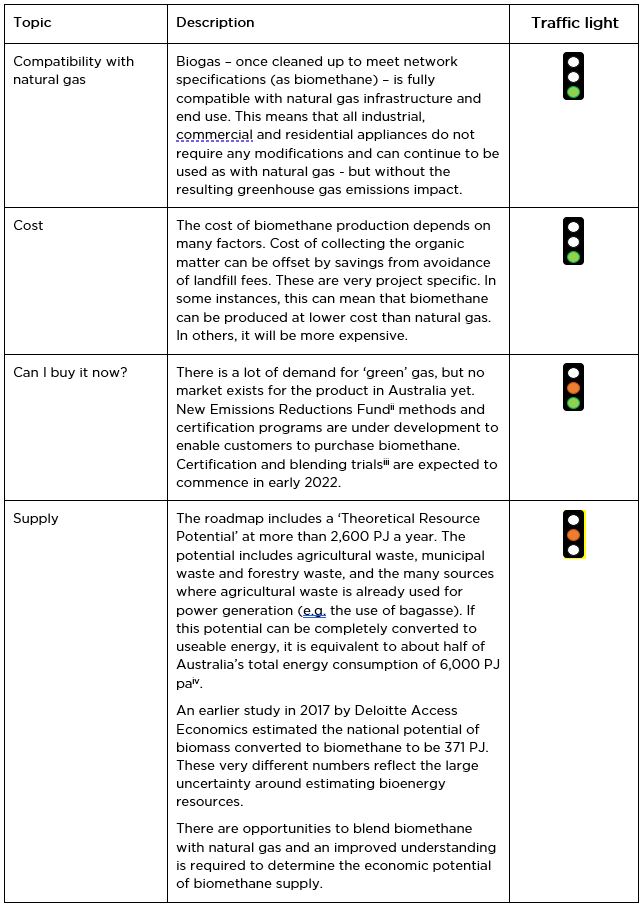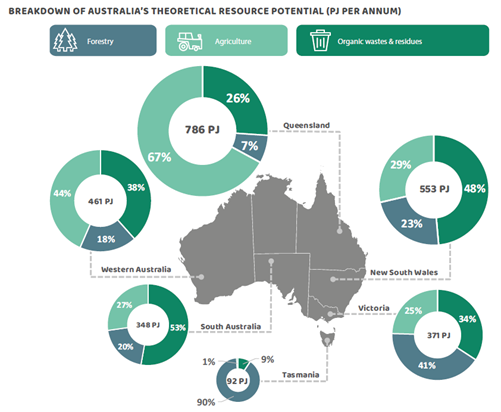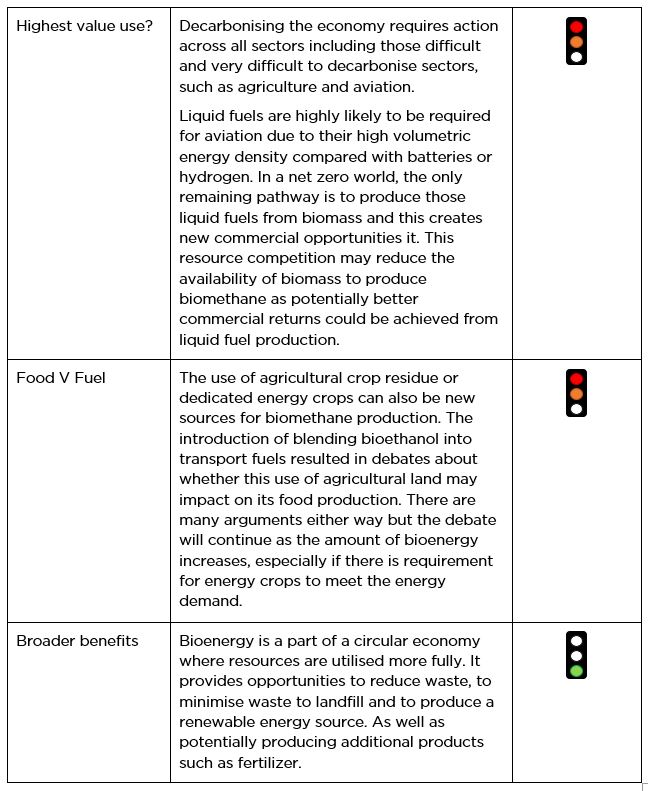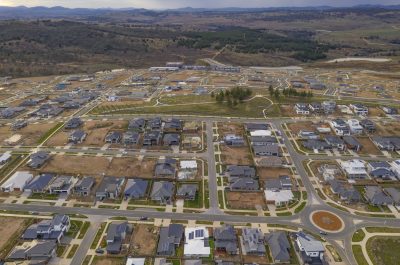Clean things to do with moo poo
In 2019, ARENA was tasked by the Australian Energy Minister to prepare a bioenergy roadmap for Australia (the roadmap). A major benefit of bioenergy is that it allows traditional fuels to be replaced by ones based on typical waste streams from the economy including urban waste, food processing residue or agricultural residue. Repurposing these waste streams allows greater value production without creating additional greenhouse gases[i].
Figure 1: Bioenergy opportunities (Source: Bioenergy roadmap)
Bioenergy can take the form of a solid, liquid or gas and act as a drop-in fuel for many of those incumbent energy sources. A range of technologies exist to produce biofuels from a variety of feedstocks – at a wide range of efficiencies and cost points.
Biomethane is one of Gas Vision 2050’s transformational technologies, alongside hydrogen, renewable methane and carbon capture and storage (CCS). The two most common paths to produce biomethane are either to collect organic waste and process it in a biodigester, or to put a cap on landfills and collect the gases produced there. Both these processes are in operation in Australia and – at present – the gas produced is burnt in an engine to generate renewable electricity. An alternate use of those gases is to upgrade them to meet gas network specification and then inject it into distribution networks so that customers can purchase renewable gas.
Figure 2: Biomethane production pathways (Source: Gas Vision 2050, September 2020)
Blending biomethane into the gas network is one of the technologies supported by the Roadmap. Technology is available, but achieving biomethane blending at commercial scale will need to address some broader non-technical issues, as explored below. Some of these issues are non-controversial while others will need increased focus.
Figure 3: Australia’s Theoretical Resource Potential for bioenergy (Source: Bioeneergry Roadmap, pg 23)
An additional $33.5 million of funding was announced with the roadmap to co-fund additional research, development and deployment of advanced aviation and marine biofuels.
Biomethane provides an excellent opportunity to decarbonise the use of natural gas in networks. But the extent of its role will depend on successfully understanding the scale of biomethane potential and resolving potential resource conflicts, including using the biomass to produce alternative liquid fuels or balancing the use of agricultural land to grow food and energy crops. Biomethane, renewable methane and hydrogen are all key technologies to achieve net zero emissions.
[i] The use of biofuels still releases CO2 to the atmosphere but due to the shortlived nature of the feedstocks (e.g. crops) and their continual renewal, the CO2 released from the combustion of biofuels is reabsorbed by new crops resulting in a net zero increase in emissions.
[ii] https://consult.industry.gov.au/biomethane-method-package
[iii] https://jemena.com.au/about/innovation/malabar-biomethane-project
[iv] Australian Energy Update, 2021
